-
Executive Summary
-
Market Attractiveness Analysis
- Global Homeland Security Surveillance Camera Market, by Camera Type
- Global Homeland Security Surveillance Camera Market, by Application
- Global Homeland Security Surveillance Camera Market, by Region
-
Market Introduction
-
Market Definition
-
Scope of the Study
-
Market Structure
-
Key Buying Criteria
-
Market Factor Indicator Analysis
-
Research Methodology
-
Research Process
-
Primary Research
-
Secondary Research
-
Market Size Estimation
-
Forecast Model
-
List of Assumptions
-
Market Insights
-
Market Dynamics
-
Introduction
-
Drivers
-
Restraints
-
Opportunities
-
Challenges
-
Market/Technological Trends
-
Patent Trends
-
Regulatory Landscape/Standards
-
Market Factor Analysis
-
Value Chain/Supply Chain Analysis
- R&D
- Manufacturing
- Distribution & Sales
- Post-Sales Monitoring
-
Porter’s Five Forces Analysis
- Threat of New Entrants
- Bargaining Power of Buyers
- Threat of Substitutes
- Intensity of Rivalry
- Bargaining Power of Suppliers
-
Global Homeland Security Surveillance Camera Market, by Camera Type
-
Introduction
-
Audio & Video Camera
- Market Estimates & Forecast, 2021-2030
- Market Estimates & Forecast, by Region, 2021-2030
-
Integrated Video Surveillance Camera
- Market Estimates & Forecast, 2021-2030
- Market Estimates & Forecast, by Region, 2021-2030
-
Infrared Camera
- Market Estimates & Forecast, 2021-2030
- Market Estimates & Forecast, by Region, 2021-2030
-
IP Camera
- Market Estimates & Forecast, 2021-2030
- Market Estimates & Forecast, by Region, 2021-2030
-
Global Homeland Security Surveillance Camera Market, by Application
-
Introduction
-
Infrastructure Security
- Market Estimates & Forecast, 2021-2030
- Market Estimates & Forecast, by Region, 2021-2030
-
Border Security
- Market Estimates & Forecast, 2021-2030
- Market Estimates & Forecast, by Region, 2021-2030
-
Public Protection
- Market Estimates & Forecast, 2021-2030
- Market Estimates & Forecast, by Region, 2021-2030
-
Global Homeland Security Surveillance Camera Market, by Region
-
Introduction
-
North America
- Market Estimates & Forecast, by Country, 2021-2030
- Market Estimates & Forecast, by Camera Type, 2021-2030
- Market Estimates & Forecast, by Application, 2021-2030
- US
- Canada
-
Europe
- Market Estimates & Forecast, by Country, 2021-2030
- Market Estimates & Forecast, by Camera Type, 2021-2030
- UK
- Germany
- France
- Italy
- Rest of Europe
-
Asia-Pacific
- Market Estimates & Forecast, by Country, 2021-2030
- Market Estimates & Forecast, by Camera Type, 2021-2030
- Market Estimates & Forecast, by Application, 2021-2030
- China
- Japan
- India
- Australia
- Rest of Asia-Pacific
-
Middle East & Africa
- Market Estimates & Forecast, by Country, 2021-2030
- Market Estimates & Forecast, by Camera Type, 2021-2030
- Market Estimates & Forecast, by Application, 2021-2030
- UAE
- Saudi Arabia
- Israel
- Rest of the Middle East & Africa
-
Latin America
- Market Estimates & Forecast, by Country, 2021-2030
- Market Estimates & Forecast, by Camera Type, 2021-2030
- Market Estimates & Forecast, by Application, 2021-2030
- Brazil
- Rest of Latin America
-
Competitive Landscape
-
Competitive Overview
-
Competitor Dashboard
-
Major Growth Strategies in the Global Homeland Security Surveillance Camera Market
-
Competitive Benchmarking
-
Market Share Analysis
-
Robert Bosch GmbH: The Leading Player in Terms of Number of Developments in the Global Homeland Security Surveillance Camera Market
-
Key Developments & Growth Strategies
- Application Launches/Service Deployments
- Mergers & Acquisitions
- Joint Ventures
-
Company Profiles
-
CONTROP Precision Technologies Ltd.
- Company Overview
- Products/Services Offered
- Financial Overview
- Key Developments
- SWOT Analysis
- Key Strategies
-
Elbit Systems Ltd
- Company Overview
- Products/Services Offered
- Financial Overview
- Key Developments
- SWOT Analysis
- Key Strategies
-
FLIR Systems, Inc.
- Company Overview
- Products/Services Offered
- Financial Overview
- Key Developments
- SWOT Analysis
- Key Strategies
-
General Dynamics Corporation
- Company Overview
- Products/Services Offered
- Financial Overview
- Key Developments
- SWOT Analysis
- Key Strategies
-
Honeywell International Inc.
- Company Overview
- Products/Services Offered
- Financial Overview
- Key Developments
- SWOT Analysis
- Key Strategies
-
Mitsubishi Electric Corporation
- Company Overview
- Products/Services Offered
- Financial Overview
- Key Developments
- SWOT Analysis
- Key Strategies
-
Moog Inc.
- Company Overview
- Products/Services Offered
- Financial Overview
- Key Developments
- SWOT Analysis
- Key Strategies
-
NetVu
- Company Overview
- Products/Services Offered
- Financial Overview
- Key Developments
- SWOT Analysis
- Key Strategies
-
Panasonic Corporation
- Company Overview
- Products/Services Offered
- Financial Overview
- Key Developments
- SWOT Analysis
- Key Strategies
-
Robert Bosch GmbH
- Company Overview
- Products/Services Offered
- Financial Overview
- Key Developments
- SWOT Analysis
- Key Strategies
-
Silent Sentinel
- Company Overview
- Products/Services Offered
- Financial Overview
- Key Developments
- SWOT Analysis
- Key Strategies
-
Vicon Industries
- Company Overview
- Products/Services Offered
- Financial Overview
- Key Developments
- SWOT Analysis
- Key Strategies
-
Appendix
-
References
-
Related Reports
-
List of Abbreviations
-
Industry Insights
-
Note: This table of contents is tentative and subject to change as the research progresses.
-
List of Tables
-
Global Homeland Security Surveillance Camera Market, by Region, 2021-2030
-
North America: Homeland Security Surveillance Camera Market, by Country, 2021-2030
-
Europe: Homeland Security Surveillance Camera Market, by Country, 2021-2030
-
Asia-Pacific: Homeland Security Surveillance Camera Market, by Country, 2021-2030
-
Middle East & Africa: Homeland Security Surveillance Camera Market, by Country, 2021-2030
-
Latin America: Homeland Security Surveillance Camera Market, by Country, 2021-2030
-
Global Homeland Security Surveillance Camera Market Size, by Region, 2021-2030
-
North America: Homeland Security Surveillance Camera Market Size, by Country, 2021-2030
-
Europe: Homeland Security Surveillance Camera Market Size, by Country, 2021-2030
-
Asia-Pacific: Homeland Security Surveillance Camera Market Size, by Country, 2021-2030
-
Middle East & Africa: Homeland Security Surveillance Camera Market Size, by Country, 2021-2030
-
Latin America: Homeland Security Surveillance Camera Market Size, by Country, 2021-2030
-
Global Homeland Security Surveillance Camera Camera Type Market, by Region, 2021-2030
-
North America: Homeland Security Surveillance Camera Camera Type Market, by Country, 2021-2030
-
Europe: Homeland Security Surveillance Camera Camera Type Market, by Country, 2021-2030
-
Asia-Pacific: Homeland Security Surveillance Camera Camera Type Market, by Country, 2021-2030
-
Middle East & Africa: Homeland Security Surveillance Camera Camera Type Market, by Country, 2021-2030
-
Latin America: Homeland Security Surveillance Camera Camera Type Market, by Country, 2021-2030
-
Global Homeland Security Surveillance Camera Application Market, by Region, 2021-2030
-
North America: Homeland Security Surveillance Camera Application Market, by Country, 2021-2030
-
Europe: Homeland Security Surveillance Camera Application Market, by Country, 2021-2030
-
Asia-Pacific: Homeland Security Surveillance Camera Application Market, by Country, 2021-2030
-
Middle East & Africa: Homeland Security Surveillance Camera Application Market, by Country, 2021-2030
-
Latin America: Homeland Security Surveillance Camera Application Market, by Country, 2021-2030
-
Global Homeland Security Surveillance Camera Market, by Region, 2021-2030
-
Global Homeland Security Surveillance Camera Market, by Camera Type, 2021-2030
-
Global Homeland Security Surveillance Camera Market, by Application, 2021-2030
-
North America: Homeland Security Surveillance Camera Market, by Country, 2021-2030
-
North America: Homeland Security Surveillance Camera Market, by Camera Type, 2021-2030
-
North America: Homeland Security Surveillance Camera Market, by Application, 2021-2030
-
Europe: Homeland Security Surveillance Camera Market, by Country, 2021-2030
-
Europe: Homeland Security Surveillance Camera Market, by Camera Type, 2021-2030
-
Europe: Homeland Security Surveillance Camera Market, by Application, 2021-2030
-
Asia-Pacific: Homeland Security Surveillance Camera Market, by Country, 2021-2030
-
Asia-Pacific: Homeland Security Surveillance Camera Market, by Camera Type, 2021-2030
-
Asia-Pacific: Homeland Security Surveillance Camera Market, by Application, 2021-2030
-
Middle East & Africa: Homeland Security Surveillance Camera Market, by Country, 2021-2030
-
Middle East & Africa: Homeland Security Surveillance Camera Market, by Camera Type, 2021-2030
-
Middle East & Africa: Homeland Security Surveillance Camera Market, by Application, 2021-2030
-
Latin America: Homeland Security Surveillance Camera Market, by Country, 2021-2030
-
Latin America: Homeland Security Surveillance Camera Market, by Camera Type, 2021-2030
-
Latin America: Homeland Security Surveillance Camera Market, by Application, 2021-2030
-
List of Figures
-
Research Process of MRFR
-
Top-Down and Bottom-Up Approaches
-
Market Dynamics
-
Impact Analysis: Market Drivers
-
Impact Analysis: Market Restraints
-
Porter's Five Forces Analysis
-
Value Chain Analysis
-
Global Homeland Security Surveillance Camera Market Share, by Camera Type, 2021 (%)
-
Global Homeland Security Surveillance Camera Market, by Camera Type, 2021-2030 (USD Million)
-
Global Homeland Security Surveillance Camera Market Share, by Application, 2021 (%)
-
Global Homeland Security Surveillance Camera Market, by Application, 2021-2030 (USD Million)
-
Global Homeland Security Surveillance Camera Market Share (%), by Region, 2021
-
Global Homeland Security Surveillance Camera Market, by Region, 2021-2030 (USD Million)
-
North America: Homeland Security Surveillance Camera Market Share (%), 2021
-
North America: Homeland Security Surveillance Camera Market, by Country, 2021-2030 (USD Million)
-
Europe: Homeland Security Surveillance Camera Market Share (%), 2021
-
Europe: Homeland Security Surveillance Camera Market, by Country, 2021-2030 (USD Million)
-
Asia-Pacific: Homeland Security Surveillance Camera Market Share (%), 2021
-
Asia-Pacific: Homeland Security Surveillance Camera Market, by Country, 2021-2030 (USD Million)
-
Middle East & Africa: Homeland Security Surveillance Camera Market Share (%), 2021
-
Middle East & Africa: Homeland Security Surveillance Camera Market, by Country, 2021-2030 (USD Million)
-
Latin America: Homeland Security Surveillance Camera Market Share (%), 2021
-
Latin America: Homeland Security Surveillance Camera Market, by Country, 2021-2030 (USD Million)

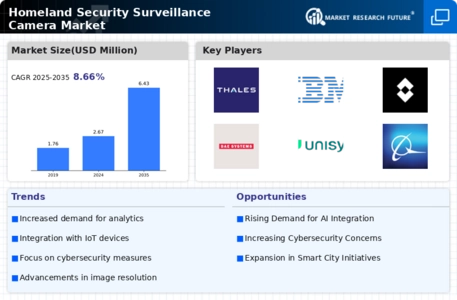
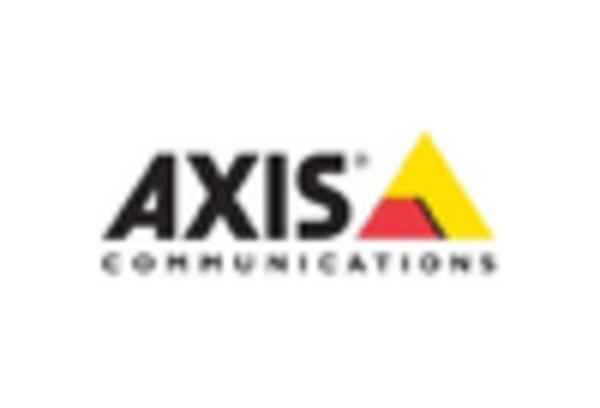
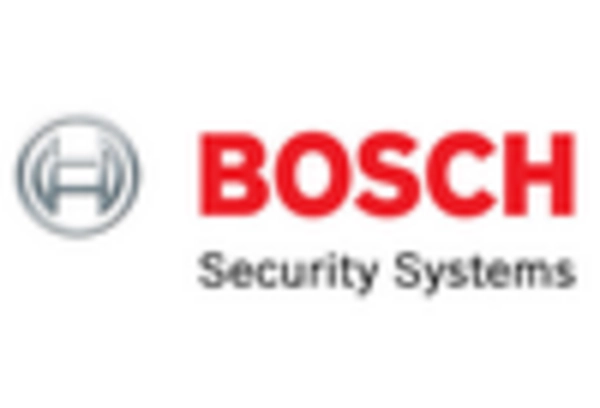
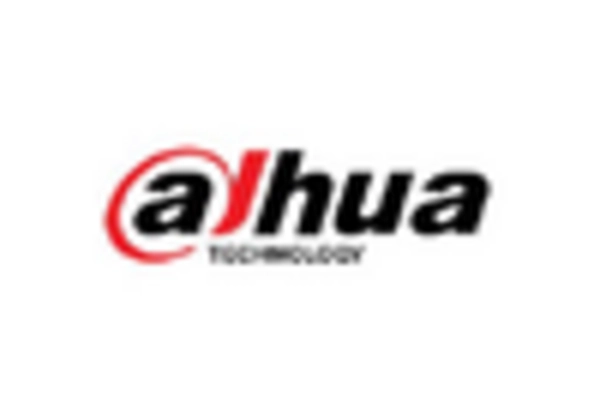

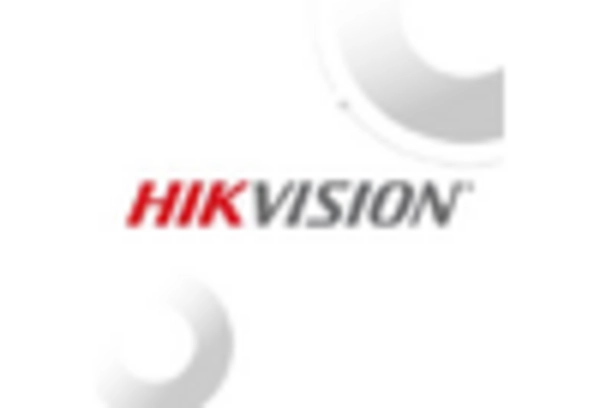










Leave a Comment